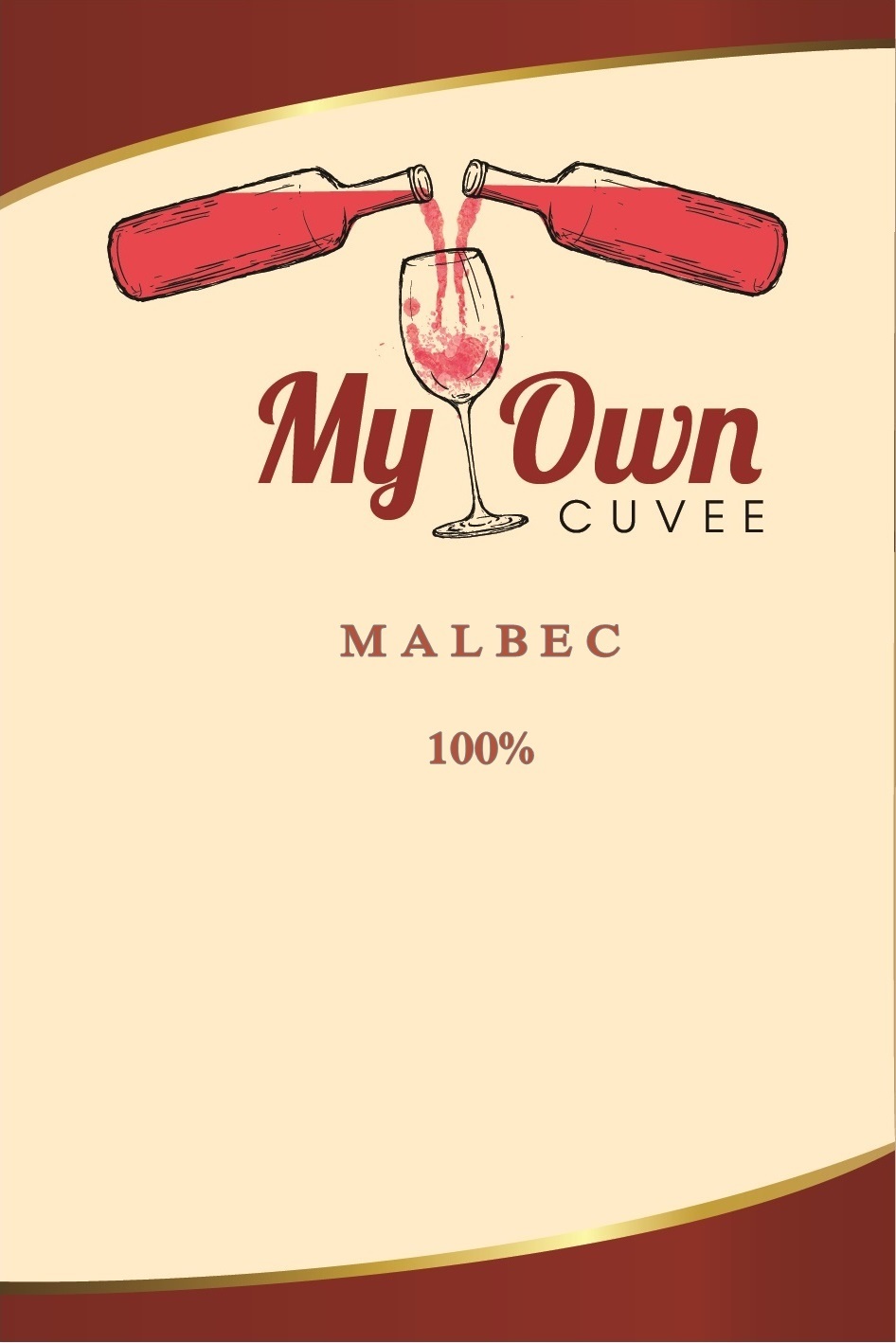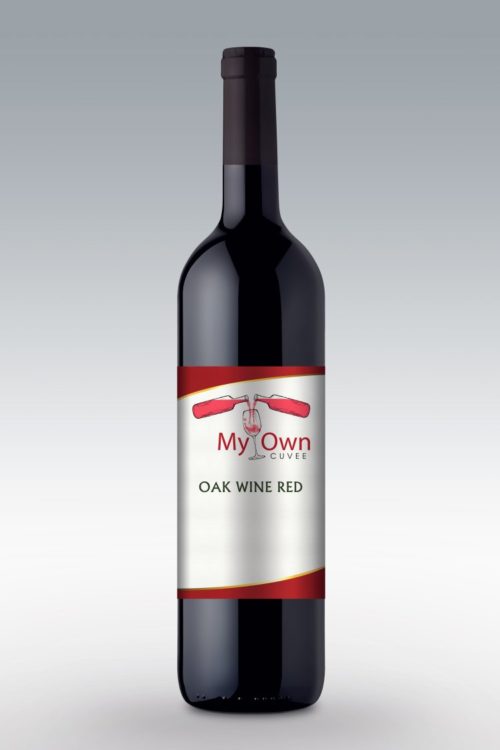| Grape Variety | Malbec |
| Color | deep violet color |
| Aroma | Limestone, Clay, Forest Floor, Underbrush |
| Body | Medium-Full |
| Wine Making Flavors | Black, Blue and Red, Black Cherry, Blackberry, Violet, PlumSmoke, Tobacco, Mushroom, Leather Saddle, Cracked Black & Red Pepper, Cacao |
| Blended with: | Malbec is often blended with other varieties such as cabernet franc, cabernet sauvignon, merlot, and petit verdot to make Bordeaux style wines. |
MALBEC
CHF18.50
Product Description
Malbec Wine Grapes, Flavor, Character, History
Malbec is one of the original five main Bordeaux wine varietals.
Today, Malbec is only used as a minor part of blends in Bordeaux. Domaine de Chevalier has one of the larger portions of Malbec remaining in Bordeaux with close to 5% of their Pessac Leognan vineyards devoted to Malbec. In St. Emilion, Jean Faure is planted to 6% Malbec, Chateau Coutet St. Emilion is planted to 5% and some Malbec is even planted at Chateau Cheval Blanc! Haut Bailly in Pessac Leognan and Gruaud Larose in St. Julien both have small plantings in their vineyards. Chateau Clerc Milon in Pauillac and Brane Cantenac inMargaux uses the varietal in their blend. In the Right Bank, the original name for the grape was Noir de Pressac. In fact, that is where Chateau de Pressac takes its name. Today, not much Malbec is used in Bordeaux. One of the larger amounts of plantings in Pomerol is at Chateau L’Enclos. They devote close to 3% of their vineyards to Malbec. However, that is topped by Chateau Clos Rene, with 10% of their vineyard devoted to Malbec!
The vineyards of Bouscat La Gargone from Bordeaux Superieur are planted with 18% Malbec and the wine used in Bouscat Les Portes de l’Am, a Bordeaux Superieur from the same producer has a whopping 25%Malbec included in the blend! Those Bordeaux chateaux could have the largest holdings of Malbec vines in the Bordeaux appellation. However the wine with the highest portion of Malbec included in the blend is made by Nicolas Theinpont at his estate in the Cotes de Francs appellation. Chateau Puygueraud Cuvee George included 45% in the blend for the 2010 Bordeaux vintage. Chateau Bel-Air la Royere in the Cotes de Blaye appellation is another fan of the variety, as 25% of their vines are planted to Malbec. However, some vintages feature a much higher percentage of Malbec, for example, in 2011, the blend included 45% Malbec. Two small Bordeaux producers actually take the record and produce wines from 100% Malbec, Chateau Magdeleine Bouhou Chateau Tire Pe. Both wines are sold as generic Bordeaux.
Cahors remains the spiritual home for Malbec. AOC law dictates that no less than 70% of the variety be included in the blend. The grape continues to enjoy a long history in the region that could date back to the ancient Romans. It continued to be popular in the middle ages. In South West France today, Malbec remains especially popular in the Cahors appellation. Two of the better producers in Cahors are Lagrezette Le Pigeonnier and Clos la Coutale.
In Argentina, several quality producers are making wine from 100% Malbec with great success in the high altitudes and terroir of Argentina. In fact, the fruit reaches its best expression today in the Mendoza region of Argentina. There are numerous producers making outstanding wine in Mendoza. Several Bordeaux chateaux are working in the Mendoza region today including; Chateau Mouton Rothschild, Chateau Cheval Blanc with the aptly named Cheval des Andes, Leoville Poyferre with Cuvelier de Los Andes Clos de los Siete, Cathernie Pere Verge who owns numerous estates in Pomerol produces Monteviejo and Helene Garcin with Vignobles Garcin and Poesia are just some the better-known wine makers from Bordeaux working with Malbec in the Mendoza region of Argentina.
Malbec is deep in color, thin skinned and full of tannin. It requires specific climatic conditions to fully ripen. When ripe, it adds color, tannin and spicy characteristics to the wine.










